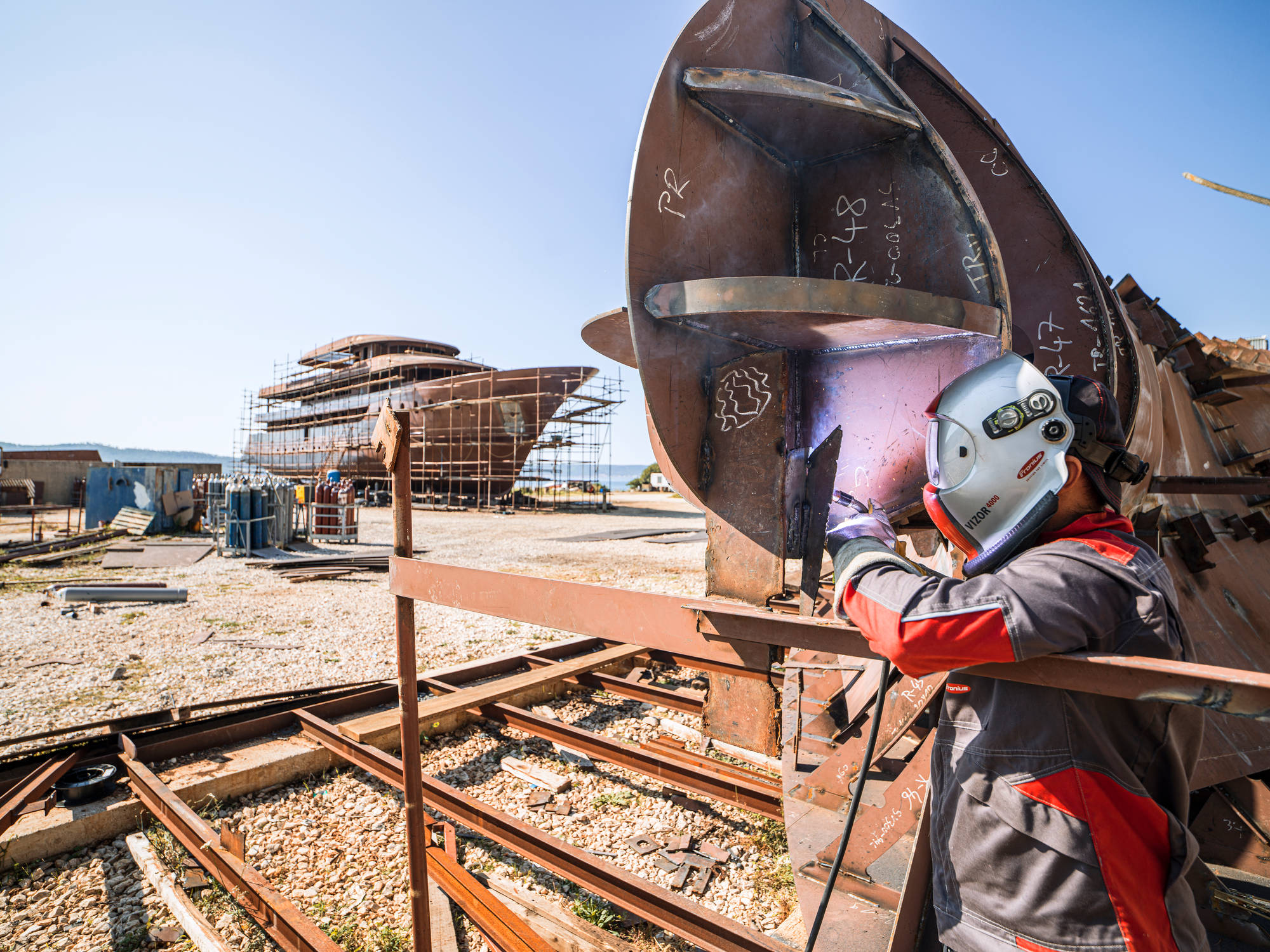Welding is a versatile process that often occurs under challenging environmental conditions, ranging from extreme temperatures to confined spaces and hazardous atmospheres. This article explores the techniques and safety considerations essential for welding in extreme conditions to ensure both the quality of welds and the safety of welders.
Challenges of Welding in Extreme Conditions
- Temperature Extremes: Welding may be conducted in environments with high temperatures (e.g., desert regions, near furnaces) or low temperatures (e.g., Arctic conditions). Extreme temperatures can affect welding parameters, material behavior, and weld quality, requiring adjustments in welding techniques and equipment insulation.
- Confined Spaces: Welding in confined spaces such as tanks, pipelines, and ship hulls presents challenges due to restricted access, limited ventilation, and potential hazards like flammable gases or lack of oxygen. Proper planning, ventilation, and safety protocols are crucial in such environments.
- Underwater Welding: Underwater welding involves unique challenges such as water pressure, visibility limitations, and the risk of electric shock. Specialized equipment and training are essential to ensure weld quality and diver safety during underwater welding operations.
- High Altitude Welding: Welding at high altitudes poses challenges such as reduced oxygen levels and atmospheric pressure variations, affecting arc stability and weld quality. Adjustments in welding parameters and equipment are necessary to compensate for these environmental factors.
Techniques for Welding in Extreme Conditions
- Preparation and Planning: Thorough preparation is key, including site assessment, risk assessment, and implementation of appropriate safety measures. Planning should consider environmental factors, material specifications, and emergency procedures tailored to the specific conditions.
- Selection of Materials and Equipment: Choosing suitable welding materials and equipment capable of withstanding extreme conditions is critical. This includes selecting electrodes, shielding gases, and welding machines designed for high or low-temperature applications, underwater use, or confined spaces.
- Welding Techniques: Adopting specialized welding techniques can improve efficiency and quality in extreme conditions. Techniques such as preheating, post-weld heat treatment (PWHT), and controlled deposition rates help manage thermal stresses and ensure weld integrity.
- Safety Protocols: Implementing stringent safety protocols is non-negotiable. This includes using personal protective equipment (PPE) appropriate for the environment (e.g., heat-resistant clothing, respirators for confined spaces), maintaining proper ventilation, and ensuring regular monitoring for hazards like gas leaks or oxygen deficiency.
Conclusion
Welding in extreme conditions demands meticulous planning, specialized techniques, and a strong focus on safety to mitigate risks and ensure successful outcomes. By understanding the unique challenges presented by different environmental factors, welders can adapt their practices and equipment effectively. Implementing proper safety measures and utilizing appropriate welding techniques not only enhances weld quality but also protects the well-being of welders operating in challenging and hazardous environments. As industries continue to push boundaries in exploration and construction, the knowledge and application of welding in extreme conditions will remain indispensable for achieving both safety and operational success.

